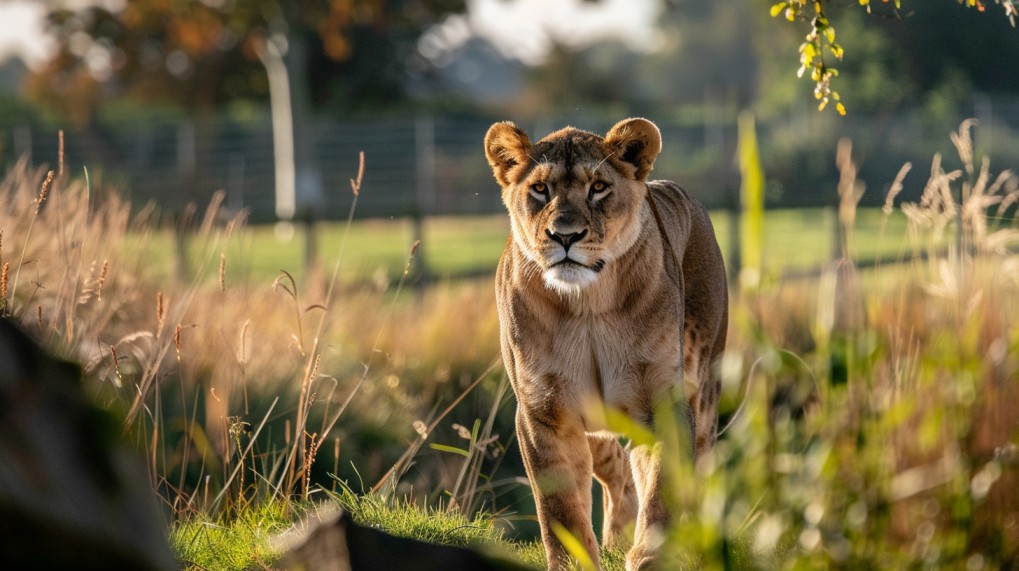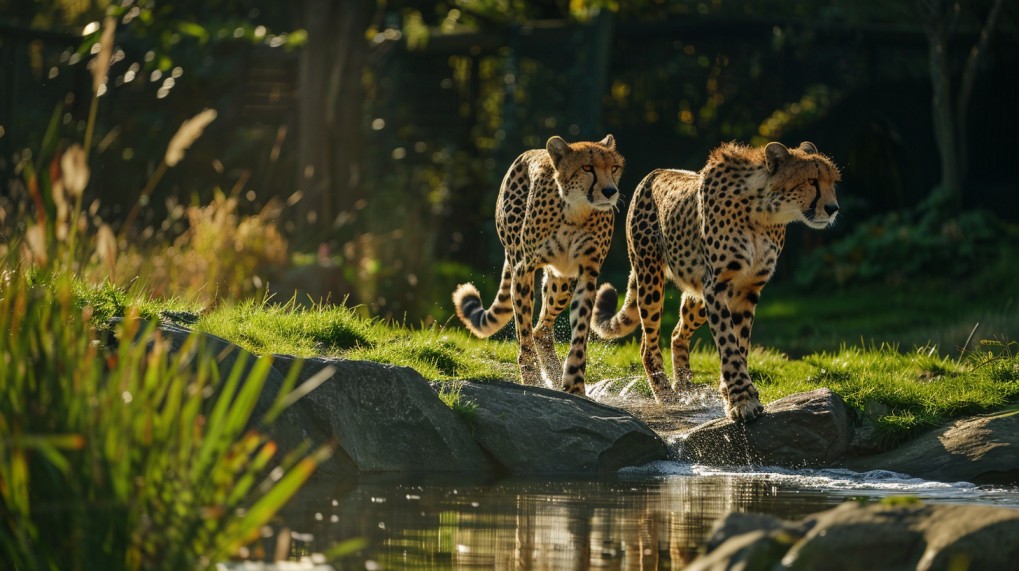West Midlands Safari Park, located near Birmingham, UK, has a rich and fascinating history that spans over five decades. Officially opened on April 17, 1973, by the renowned Hollywood actress Sophia Loren, the park has evolved into a premier wildlife destination, offering visitors an unparalleled experience of African and Asian animals roaming freely in a vast, 80-hectare expanse.
The Early Years: From Sophia Loren to Baboon Escapades
The park’s opening in 1973 was a momentous occasion, marked by the presence of the iconic Sophia Loren. In the first two years of operation, the park experienced some unexpected excitement, including a troop of 130 baboons escaping and spending the night in the local town. These early years laid the foundation for the park’s reputation as a unique and thrilling wildlife experience.
Expansion and Relocation

In 1993, the park welcomed a significant influx of animals, with 150 creatures being relocated from the now-closed Windsor Safari Park in Worcestershire. This expansion helped to diversify the park’s animal population and solidify its status as a premier wildlife destination.
Challenges and Resilience
The park’s history has not been without its challenges. In 2001, during the foot and mouth outbreak, the park was forced to close its doors temporarily. However, the park’s resilience shone through, and it was able to reopen and continue its mission of providing an exceptional wildlife experience for visitors.
Conservation Efforts and Endangered Species
Over the years, West Midlands Safari Park has become a sanctuary for some of the planet’s most endangered species. The park is home to the only pride of white lions in the UK, which were introduced in 2004. In 2001, the park celebrated the birth of its first baby rhino, a significant milestone in its conservation efforts.
The park’s commitment to conservation is further demonstrated by its involvement in over 20 breeding programs for endangered species, including giraffe, white and Indian rhino, African wild dogs, and Cuban crocodiles. By prioritizing the protection and propagation of these species, the park plays a crucial role in global conservation efforts.
Celebrating 50 Years of Wonder
In 2023, West Midlands Safari Park celebrated its 50th anniversary, marking a remarkable milestone in its history. Over the past five decades, the park has welcomed over 30 million visitors, inspiring the next generation of conservationists and bringing them closer to the wonders of the natural world.
Attractions and Experiences
In addition to the captivating safari experience, where visitors can observe African and Asian animals in their natural habitats, the park offers a wealth of other attractions and experiences. Visitors can explore the African Village, Discovery Trail, African Walking Trail, Ice Age exhibit, and a dinosaur exhibit with over 40 life-size dinosaurs. The park also features an Adventure Theme Park with rides for all the family and an Explorers’ Play Park for younger guests.
Conclusion
The history of West Midlands Safari Park is a testament to the park’s resilience, innovation, and commitment to conservation. From its humble beginnings in 1973 to its current status as a premier wildlife destination, the park has continuously evolved, offering visitors an unparalleled opportunity to connect with the natural world. As the park celebrates its 50th anniversary, it continues to inspire and educate, leaving a lasting impact on all who visit.
References:
– West Midlands Safari Park – About Us
– West Midland Safari Park Looks Back on 50 Wild Years
– West Midland Safari Park: 50 years on – Five decades of safari fun and conservation
– West Midland Safari Park: The story behind the park’s 50th anniversary
– West Midland Safari Park: The day 130 baboons escaped and spent the night in a town
– West Midland Safari Park

